
Introduction to EU Toy EN71 Safety Certification
EN71 is the regulatory standard for toy products in the EU market. The introduction of the EN71 certification law in Europe aims to technically regulate toys entering the European market to reduce or avoid potential harm to children.
The European Commission officially published the new toy safety coordination standard EN71-1:2011 in the Official Journal of the European Union (OJEU) on June 18, 2011. This new standard was established according to the revised Toy Safety Directive 2009/48/EC (effective from July 20, 2011).
According to the new Toy Safety Directive, all toys placed on the EU market after July 20, 2011, must comply with the EN71-1:2011 standard.
1. China is a major exporter of toys, with Europe being a primary export market. Toys exported to Europe account for about 40% of China’s annual toy export value.
2. Toy Definition: Items designed for children under 14 years old, intended for play.
EN71 is a mandatory standard in the EU, specifically targeting toys designed for children under 14 years old.
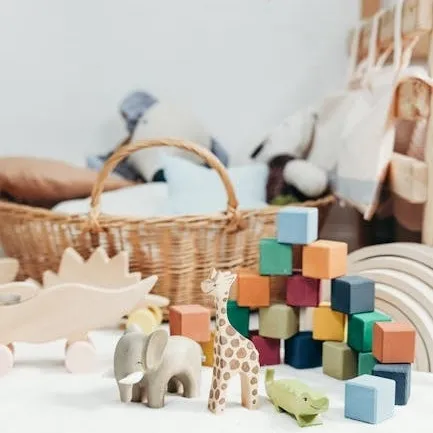
Three Parts of EN71 Toy Testing
The EU toy standard EN71 is generally divided into three main parts:
1. EN Toy Safety - Part 1: Physical and Mechanical Properties
- Includes: Drop test, small parts test, sharp edge test, tensile test, compression test, seam test, ear, nose, and eye tensile test, and torque test. Toys must not present risks such as collapse, swallowing, sharp edges, noise, sharp points, or any other dangers that could harm children’s health or life.
- This part establishes safety technical requirements and testing methods for toys for different age groups (from newborn infants to children under 14) in terms of mechanical and physical performance, along with packaging, labeling, and usage instructions.
2. EN Toy Safety - Part 2: Flammability
This part outlines the types of flammable materials prohibited in toys and the burning performance requirements for certain toys that may be exposed to small fire sources. The burning speed of tested materials must not exceed the specified limit. It applies to toys worn on the head, toy costumes, toys for children to wear, toys children can enter, and soft-filled toys made of plush or textile materials.
It specifies the time (s) or burning speed (mm/s) for certain materials, with different requirements for different materials.
Products involved include:
- Headwear Toys: Items like beards, mustaches, wigs, and masks made from hair, plush, or similar materials.
- Toy Costumes and Toys for Children to Wear: Examples include costumes like denim sets and nurse uniforms.
- Toys Children Can Enter: Includes toy tents, puppet theaters, playhouses, toy tubes, etc.
- Soft-Filled Toys: Such as plush animals and dolls.
3. ENAC 2002 Toy Safety - Part 3: Migration of Certain Elements
This section specifies the limits for migratory elements (such as aluminum, antimony, arsenic, barium, boron, cadmium, chromium, cobalt, copper, lead, manganese, mercury, nickel, selenium, and strontium) that may be transferred from accessible parts or materials of toys, and the testing methods.
- Accessibility Judgment: Conducted with a jointed probe (simulated finger) to check if the probe can reach parts or components, indicating they are accessible.
- Testing Principle: Simulates the condition where the material is exposed to stomach acid after swallowing for a period of time, checking the migration of elements.
- Chemical Testing: The eight heavy metals' migration limits are measured in mg/kg.
Required Materials for EN71 Toy Certification
1. Two sets of shipment samples
2. Product manual
3. EN71 testing application form
Frequently Asked Questions About EN71 Certification
1. How long does the EN71 testing cycle take?
After receiving the samples and application materials, the standard completion time for the EN71 certification test is 5 business days.
2. Does the EN71 test have an expiration date?
As long as there are no changes to product design or regulatory requirements, the EN71 test report is valid indefinitely. However, specific buyer or platform requirements may vary.
3. How much does the EN71 test cost?
Some people mistakenly think that if the material is the same, the color difference should not require separate tests. However, EU regulations require separate tests based on material and color, so the fees are charged separately.
Example:
- Example 1: A wooden toy block with no other colors would be charged according to one material.
- Example 2: A toy block with the same material but over ten colors would need separate tests for each color, increasing the cost.
- Example 3: A plush toy with 4-5 materials and multiple colors may cost around $800 due to the number of materials and colors involved.
The cost is regulated according to the number of materials and the amount of testing required.
Email:hello@jjrlab.com
Write your message here and send it to us
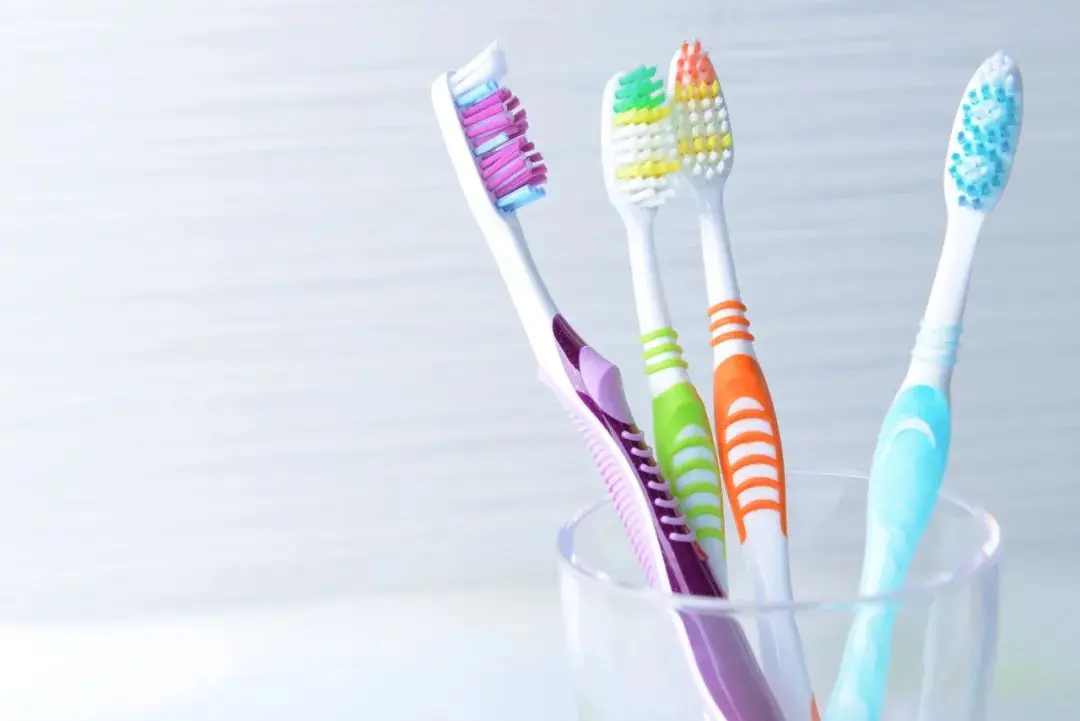 Toothbrush FDA Certification Testing
Toothbrush FDA Certification Testing
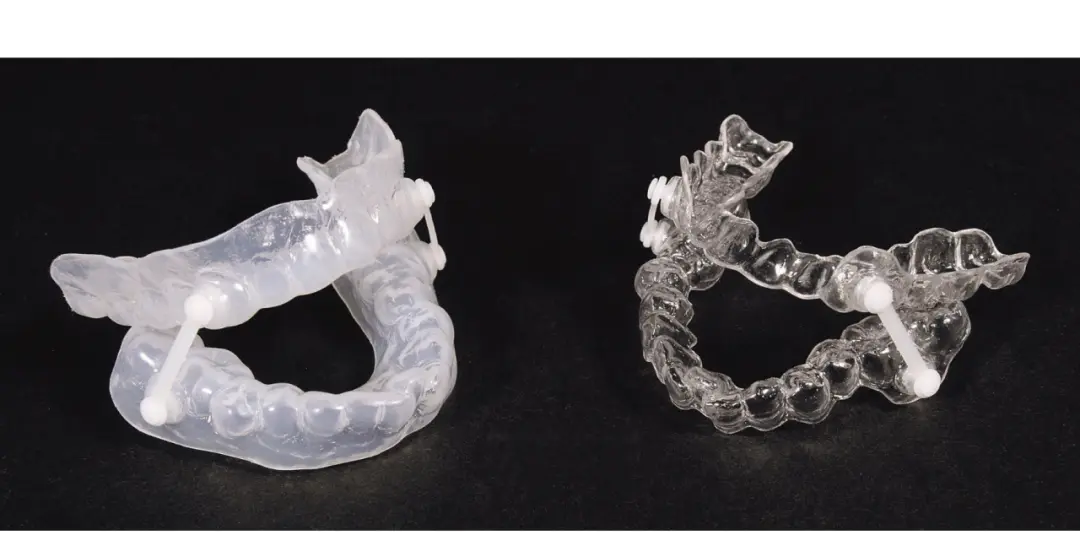 Snoring Device FDA 510k Standard Testing
Snoring Device FDA 510k Standard Testing
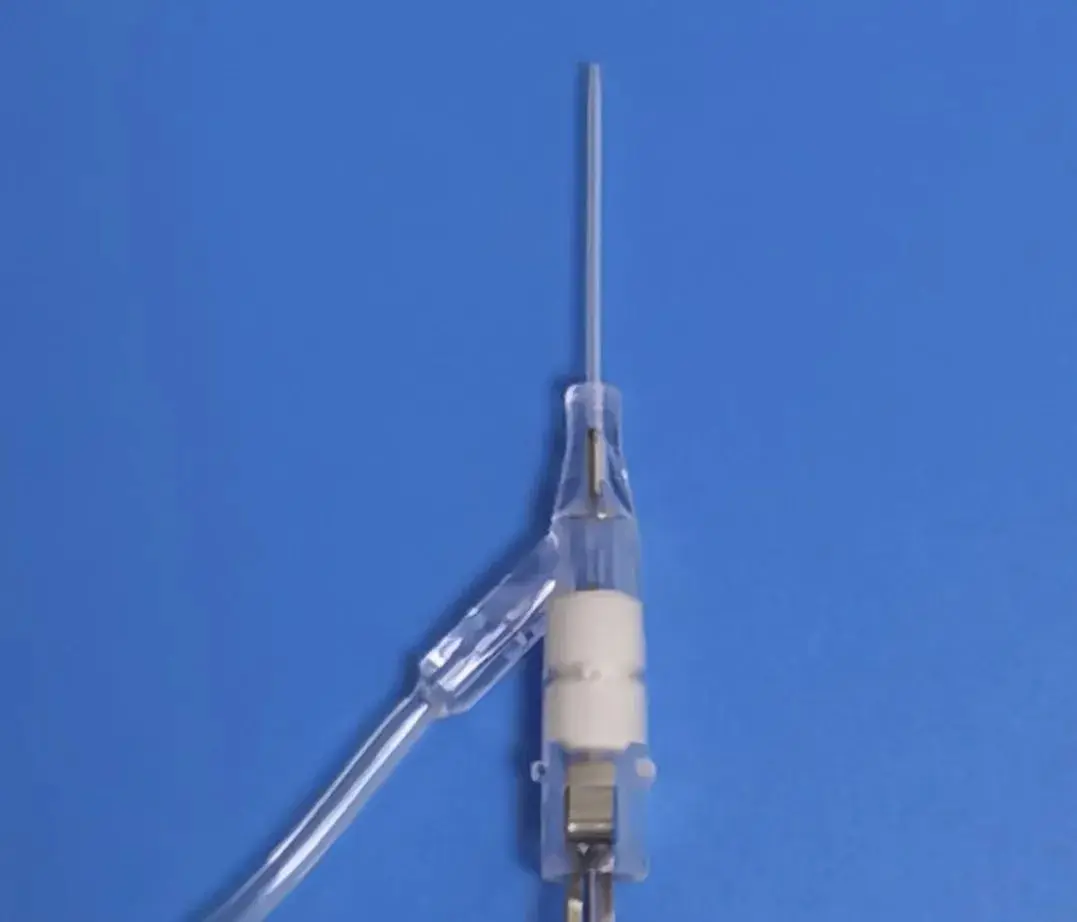 Single Use Intravenous Catheter Certification Test
Single Use Intravenous Catheter Certification Test
 Silicone Material Product Compliance Certification
Silicone Material Product Compliance Certification
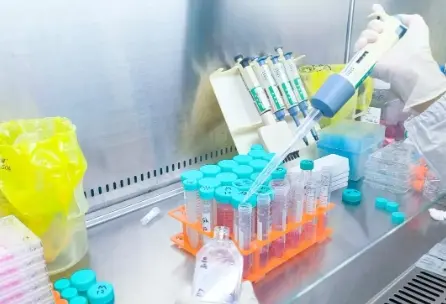 What to Do If Cytotoxicity Test Results Are Positi
What to Do If Cytotoxicity Test Results Are Positi
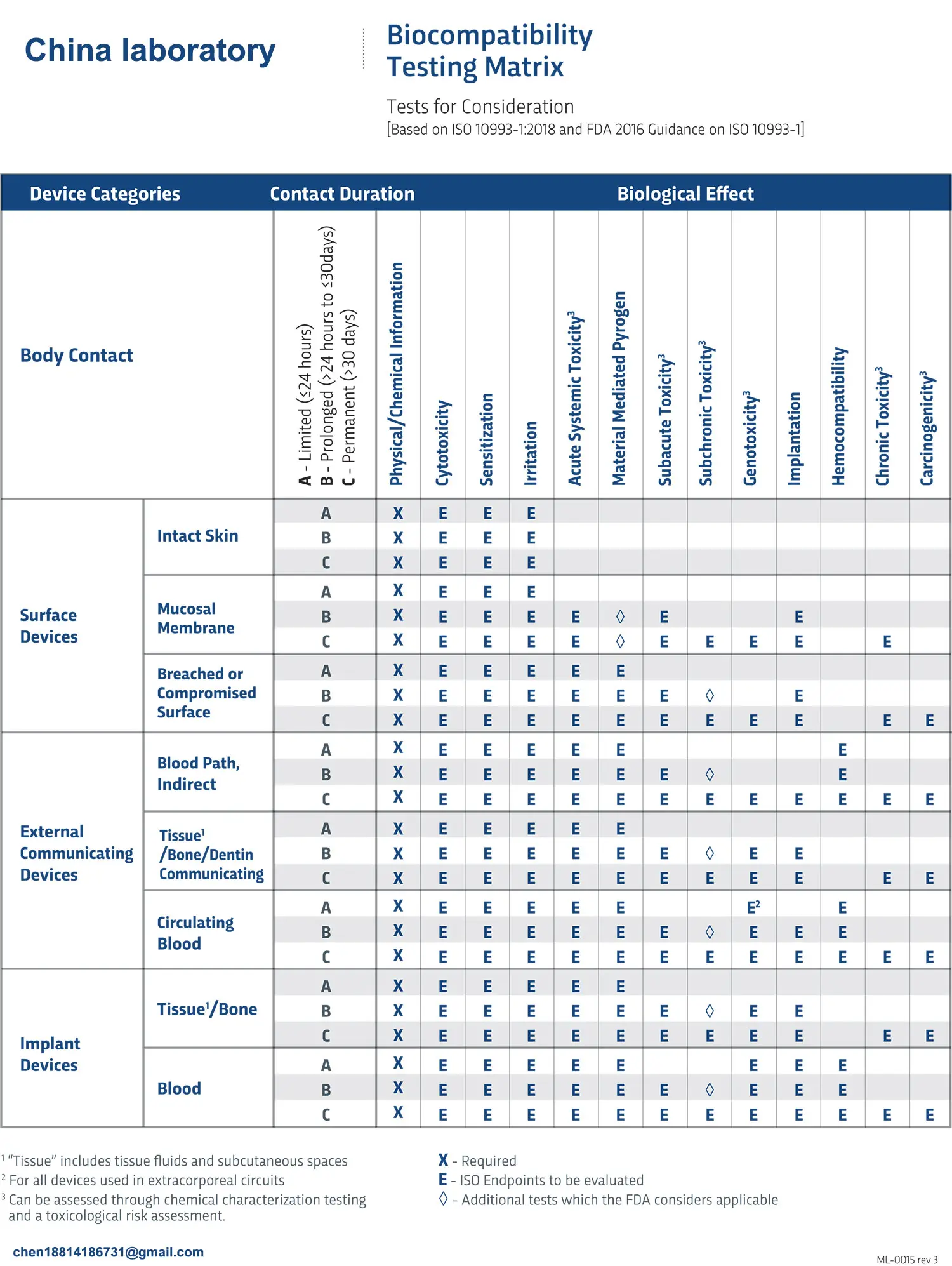 ISO 10993:5 Cytotoxicity Testing Methods
ISO 10993:5 Cytotoxicity Testing Methods
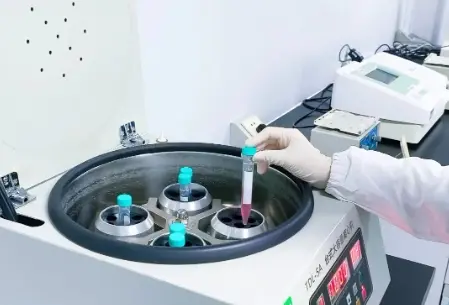 FDA ISO 10993-1 Biocompatibility Evaluation Guidel
FDA ISO 10993-1 Biocompatibility Evaluation Guidel
 In Vitro Cytotoxicity Testing for Medical Devices
In Vitro Cytotoxicity Testing for Medical Devices
Leave us a message
24-hour online customer service at any time to respond, so that you worry!




